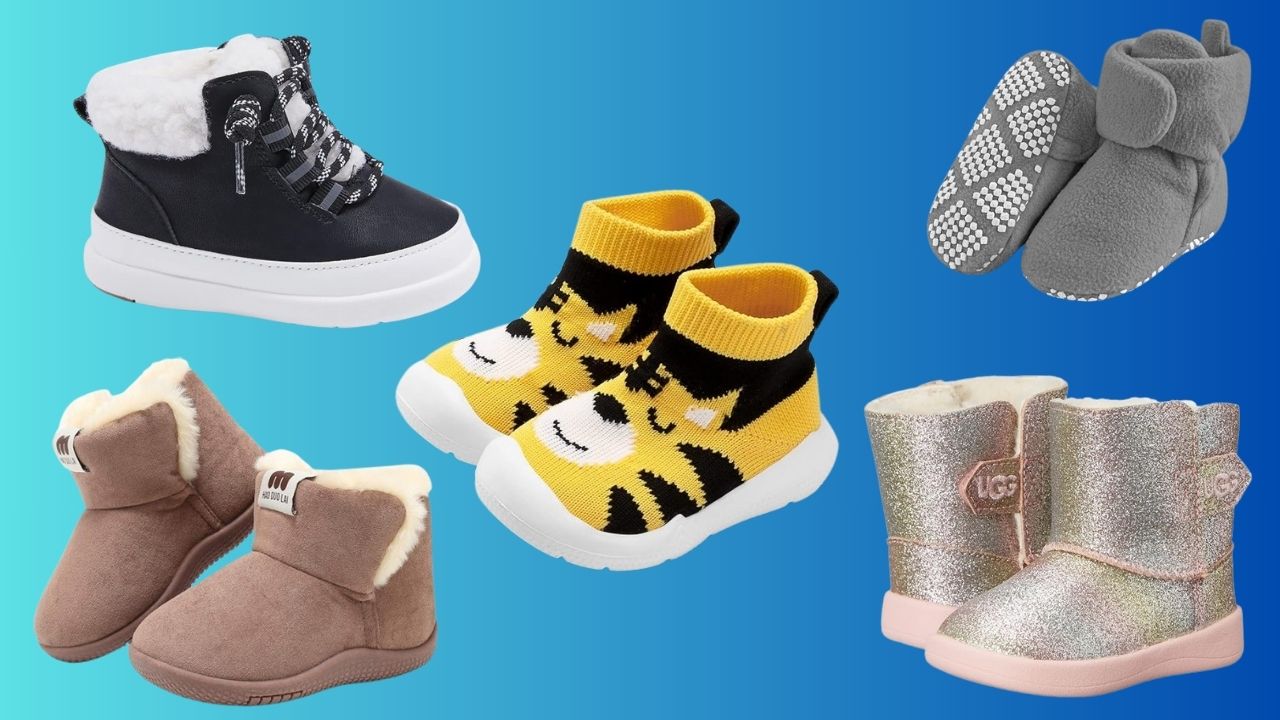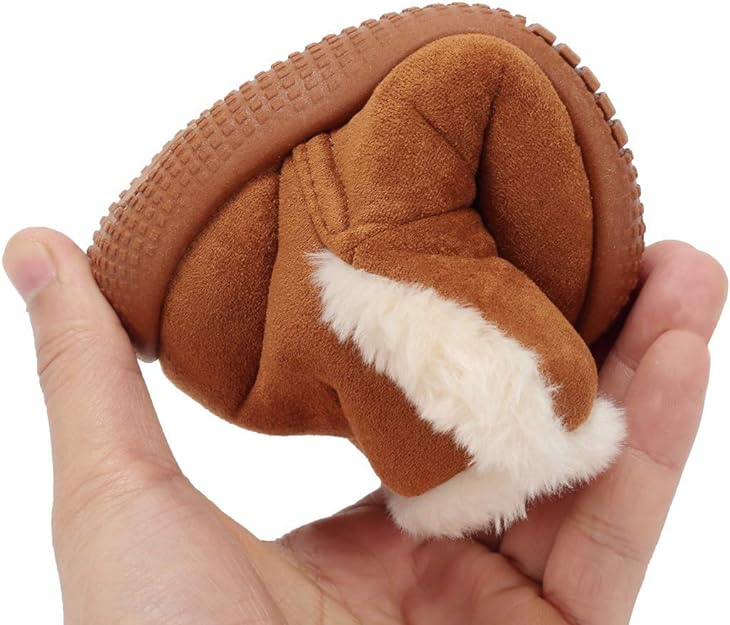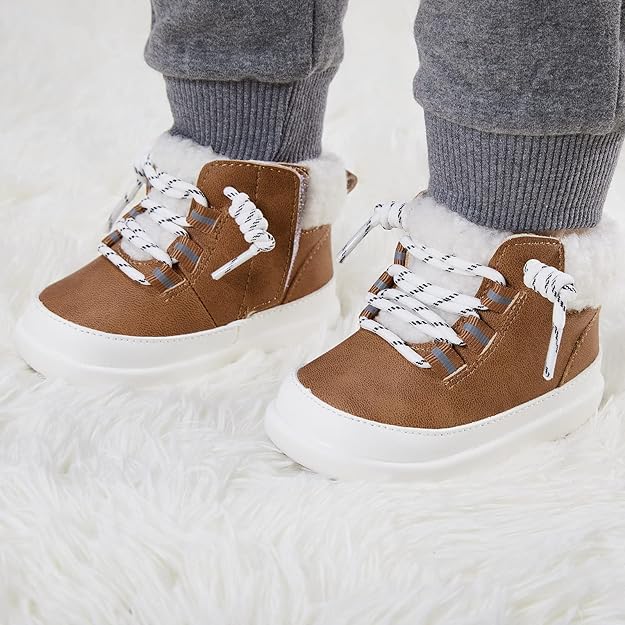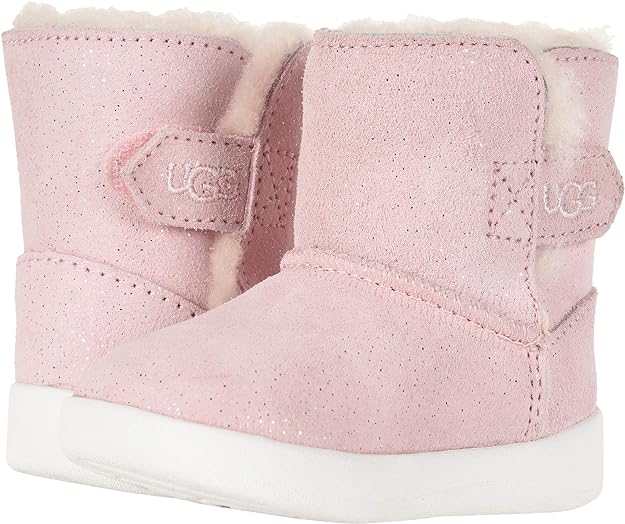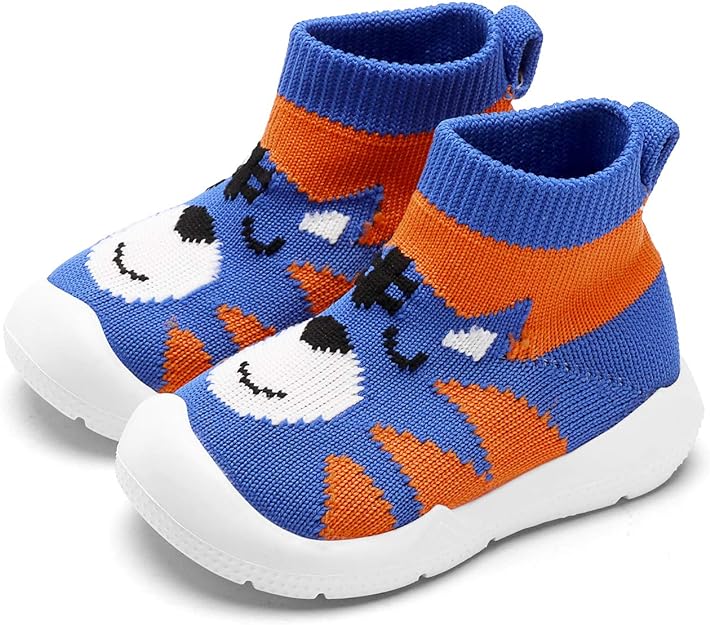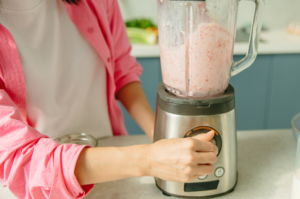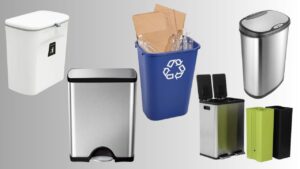When it comes to finding the best baby walking shoes and winter boots, parents prioritize comfort, support, and warmth. Baby walking shoes should provide adequate support and stability for those first steps, while winter boots need to keep little feet cozy and protected from the cold.
Look for shoes with flexible soles to promote natural movement and development of your baby’s foot muscles. Additionally, shoes with adjustable closures ensure a snug fit without constricting growing feet. For winter boots, opt for ones made with waterproof materials and insulated linings to keep moisture out and warmth in.
Soft, breathable materials like leather or suede are ideal for both walking shoes for baby and boots for baby, as they allow for proper ventilation while protecting delicate skin. Non-slip soles are essential for traction, especially during icy or snowy conditions. When selecting baby shoes, consider the ease of putting them on and taking them off, as well as their durability for active little ones.
With careful consideration of these factors, parents can find the perfect pair of walking shoes for baby and winter boots to keep their little explorers comfortable and protected year-round.
Table of Contents
Baby Walking Shoes
Baby walking shoes play a crucial role in supporting your little one’s early steps and foot development. Designed with soft, flexible materials, these shoes provide gentle support without hindering natural movement. Look for lightweight designs with non-slip soles to aid stability and prevent slips and falls as your baby explores their surroundings.
Shoes with roomy toe boxes allow for proper toe splay and growth, while adjustable closures ensure a secure fit. Breathable materials like leather or mesh help keep tiny feet cool and comfortable. Some brands offer shoes with sensory-friendly features, such as seamless interiors and minimal seams, to minimize irritation and encourage sensory feedback.
When choosing best walking shoes, consider factors like ease of putting them on and taking them off, durability for active play, and style preferences. Remember that babies grow quickly, so it’s important to regularly check the fit and replace shoes as needed. With the right pair of baby walking shoes, your little one can navigate their world with confidence and comfort.
Baby Boots
Baby boots are essential for keeping your little one’s feet warm and protected during colder months. These boots are typically designed with insulated linings and waterproof materials to shield tiny toes from snow, slush, and chilly temperatures.
Look for boots with soft, plush interiors to provide cozy comfort, while sturdy outsoles with deep treads offer traction on slippery surfaces. Adjustable closures, such as Velcro straps or elastic laces, ensure a snug fit and make it easier to put on and take off the boots.
Consider boots with extended cuffs or drawstring closures to seal out snow and cold air effectively. Additionally, reflective accents can enhance visibility during dark winter days. Opt for boots made from durable materials like nylon, polyester, or leather to withstand rough outdoor play.
Some brands offer removable liners or insoles for easy cleaning and drying. When selecting baby winter boots, prioritize warmth, waterproofing, and traction to keep your little one safe and comfortable during outdoor adventures in the snow.
Our Picks: Best Baby Shoes
1
Pro Goleem Fleece Baby Booties
The Pro Goleem Fleece Baby Booties are designed to keep infants’ feet warm, cozy, and secure. Crafted from high-quality fleece material, these booties provide softness and comfort for babies aged 6-12 months.
The adjustable Velcro closure ensures easy on and off, making dressing hassle-free for parents. With a focus on safety, the booties feature non-slip soles with cute grippers, reducing the risk of slips and falls as babies explore their surroundings.
The secure fit provided by the adjustable closure and grippers ensures that the booties stay on baby’s feet, preventing them from getting lost like traditional socks. This feature is particularly beneficial for babies crawling on the floor or kicking in a stroller.
Additionally, the booties are machine washable for convenient cleaning, offering both durability and practicality. Overall, the Pro Goleem Fleece Baby Booties combine warmth, functionality, and ease of use, making them an ideal choice for both babies and parents alike.
2
KEESKY Winter Boot for Toddler
The KEESKY Winter Boot offers a blend of novelty, style, and functionality for toddler girls and boys. Its classic slip-on design makes it effortless to put on and take off, ideal for little ones who are always on the go.
Constructed with high-quality breathable suede fabric and faux fur linings, these boots provide warmth and comfort during cold winter days. Safety is prioritized with features like anti-collision and skid resistance, ensuring added protection for kids’ feet as they play and explore.
The soft and flexible sole, made from lightweight and non-slip TPR rubber material, allows children to move freely without restrictions. These boots are suitable for both daily wear and snowy conditions, offering comfort and style throughout the day.
With the KEESKY Winter Boot, toddlers can stay warm and cozy while showcasing their unique style during winter adventures.
3
BMCiTYBM Baby Snow Boots
The BMCiTYBM Baby Snow Boots are designed to provide warmth, comfort, and safety for infants aged 6-24 months during cold winter weather. Featuring faux fur lining throughout, these boots keep little feet cozy and snug, making them ideal for various winter activities.
The soft and skin-friendly upper, coupled with rubber soles, ensures comfort and flexibility for babies as they explore their surroundings. With an added anti-collision toe cap, these boots offer extra protection against potential injuries. The non-slip lugged rubber outsoles provide superior traction, offering stability and security in various conditions.
Additionally, the convenience of a zip closure allows for easy slipping on and off, saving time and effort for parents. Overall, the BMCiTYBM Baby Snow Boots combine warmth, softness, anti-slip features, and convenience, making them an excellent choice for keeping infants comfortable and safe during winter adventures.
4
UGG Keelan Toddler Kids Boot
The UGG Keelan Toddler Kids Boot offers both style and comfort for young children. Crafted with a suede upper, these boots provide durability and a classic look. The 10mm sheepskin lining, combined with textile lining, ensures warmth and coziness during colder weather, keeping little feet snug and comfortable.
Additionally, the 10mm UGG plush upcycled wool insole adds an extra layer of softness and insulation. The rubber outsole provides traction and durability, making these boots suitable for various indoor and outdoor activities. The hook-and-loop closure allows for easy on and off, enabling toddlers to dress independently while ensuring a secure fit.
With their timeless design and high-quality materials, the UGG Keelan Toddler Kids Boot is a versatile option for everyday wear. Whether it’s a trip to the park or a family outing, these boots offer both style and functionality to keep toddlers comfortable and stylish throughout the day.
5
Engtoy Baby Walking Shoes
Engtoy Baby Sock Shoes offer a blend of style, comfort, and safety for infants learning to walk. With a unique American flag pattern design, these shoes add a touch of patriotism to your baby’s wardrobe.
The high-density memory foam insole offers cushioning and support, reducing pain and promoting healthy foot growth.
The premium quality cotton and nylon knitted upper provide excellent breathability and moisture-wicking properties, keeping your baby’s feet dry and odor-free year-round. Available in five sizes, ranging from 0-9 months to 18-24 months, these shoes ensure a perfect fit for your growing baby.
They are also easy to clean, both hand and machine washable, making maintenance a breeze for busy parents. Overall, Engtoy Baby Sock Shoes are soft, comfortable, and stretchy, making them an ideal choice for little ones as they take their first steps towards independence.
Benefits of Baby Shoes
Baby shoes offer several benefits for infants as they begin to explore the world around them:
Protection:
Baby shoes provide a layer of protection for little feet against rough surfaces, sharp objects, and extreme temperatures.
Support:
As babies start to stand and walk, shoes with sturdy soles and proper arch support can help stabilize their feet and ankles, aiding in balance and preventing injuries.
Warmth:
In colder climates, baby shoes keep tiny toes warm and cozy, ensuring comfort during outdoor activities.
Hygiene:
Shoes can help keep feet clean and protected from dirt, germs, and other environmental elements, promoting better foot hygiene.
Style:
Baby shoes come in various designs, colors, and patterns, allowing parents to express their style while dressing their little ones.
Development:
Soft-soled shoes or barefoot walking can encourage natural foot development and muscle strength, facilitating the development of balance and coordination.
Safety:
Shoes with non-slip soles provide traction and stability, reducing the risk of slips and falls as babies explore different surfaces.
Overall, while babies don’t necessarily need shoes until they start walking, well-fitted and supportive shoes can offer comfort, protection, and style as they embark on their journey of growth and exploration.
Selecting Points of Baby Shoes
When selecting baby shoes, consider the following points:
Size and Fit:
Choose shoes that fit snugly but allow room for growth. Ensure there’s enough space for the toes to wiggle comfortably and that the shoe isn’t too tight or loose.
Material:
Opt for soft, breathable materials like leather or cloth to prevent irritation and allow for proper airflow. Avoid stiff materials that can restrict movement.
Sole:
For pre-walkers, opt for flexible and non-slip soles that mimic barefoot walking. Once your baby starts walking, choose shoes with sturdy yet flexible soles that provide support without impeding natural movement.
Closure:
Look for shoes with adjustable closures like Velcro straps or elastic laces for a secure fit and easy on/off. Avoid shoes with tight elastic bands or narrow openings that can be difficult to put on.
Safety Features:
Check for features like padded collars, cushioned insoles, and reinforced toes to protect your baby’s feet from bumps and injuries. Non-slip soles are essential for stability, especially for new walkers.
Comfort:
Prioritize comfort above all else. Ensure the shoe’s interior is soft and seamless to prevent rubbing or chafing. Test the shoes by gently pressing on the toe to ensure there’s enough wiggle room.
Durability:
Choose well-made shoes with sturdy construction and quality materials that can withstand daily wear and tear.
Style:
While style is secondary to comfort and functionality, select shoes that match your baby’s personality and preferences. Consider factors like color, design, and embellishments that appeal to both you and your baby.
By considering these points, you can select baby shoes that provide the perfect combination of comfort, support, and style for your little one’s growing feet.
Care of Baby Shoes
Caring for baby shoes is essential to ensure they remain clean, hygienic, and in good condition. Here are some tips for caring for baby shoes:
Regular Cleaning:
Clean baby shoes regularly to remove dirt, grime, and any stains. Use a soft brush or cloth with mild soap and water to gently scrub the shoes.
Drying:
Avoid placing them near direct heat sources like radiators or heaters, as excessive heat can cause shrinkage or damage to the materials.
Storage:
Consider using a shoe organizer or storage box to keep pairs together and organized.
Rotate Shoes:
Rotate between multiple pairs of shoes to allow each pair to air out and dry thoroughly between wearings. This helps prevent odor buildup and prolongs the lifespan of the shoes.
Waterproofing:
If the shoes are not already waterproof, consider applying a waterproofing spray or treatment to protect them from moisture and stains.
Inspect Regularly:
Periodically inspect baby shoes for signs of wear and tear, such as loose stitching, worn-out soles, or damaged closures. Replace any shoes that show significant damage to ensure continued comfort and support for your baby’s feet.
Follow Care Instructions:
Always follow the care instructions provided by the manufacturer to maintain the integrity of the materials and construction of the shoes. Some shoes may be machine washable, while others may require hand washing or spot cleaning.
By following these care tips, you can keep your baby’s shoes clean, fresh, and in good condition for as long as possible, ensuring comfort and protection for their growing feet.
Conclusion
Baby shoes play a crucial role in protecting and supporting the delicate feet of infants and toddlers as they explore the world around them. Selecting the right pair of baby shoes involves considering factors such as size, fit, material, sole type, closure mechanism, safety features, comfort, durability, and style.
It’s essential to prioritize comfort and functionality while also ensuring the shoes provide adequate support and protection for little feet. Additionally, proper care and maintenance of baby shoes, including regular cleaning, drying, storage, waterproofing, rotation, inspection, and following care instructions, are vital to prolong their lifespan and maintain their quality.
Ultimately, by choosing well-fitted, supportive, and comfortable baby shoes and caring for them diligently, parents can help promote healthy foot development, prevent injuries, and ensure their little ones can explore and enjoy their surroundings safely and comfortably.
FAQs
Here are some frequently asked questions (FAQs) about baby shoes:
1. When should my baby start wearing shoes?
Babies can start wearing shoes once they begin walking outdoors regularly. Before that, it’s best to allow them to go barefoot or wear soft-soled shoes to encourage natural foot development.
2. How do I know if my baby’s shoes fit correctly?
Check for about a thumb’s width of space between the tip of the shoe and your baby’s longest toe. The shoe should fit snugly but not too tight, with enough room for the toes to wiggle comfortably.
3. Are baby shoes necessary for pre-walkers?
While not necessary, soft-soled shoes or booties can provide warmth and protection for pre-walkers when indoors or on rough surfaces. However, barefoot walking is generally recommended to promote healthy foot development.
4. How often should I replace my baby’s shoes?
Baby shoes should be replaced as soon as they are outgrown or show signs of wear and tear. Regularly check the fit and condition of the shoes to ensure they provide adequate support and protection for your baby’s feet.
5. How do I clean baby shoes?
Baby shoes can typically be cleaned with mild soap and water using a soft brush or cloth. Follow the manufacturer’s care instructions for specific cleaning recommendations.
6. Can baby shoes be machine washed?
Some baby shoes may be machine washable, but it’s essential to check the care instructions provided by the manufacturer. In general, hand washing is recommended for delicate materials or embellishments.
7. Are there specific safety features I should look for in baby shoes?
Look for shoes with non-slip soles, padded collars, cushioned insoles, and reinforced toes for added protection and safety. Ensure the shoes meet safety standards and are free from potential choking hazards.
8. How do I know if my baby needs a different type of shoe?
Pay attention to your baby’s walking pattern, foot size, and comfort level. If your baby seems uncomfortable or if the shoes are too tight or loose, it may be time to consider a different type or size of shoe.

